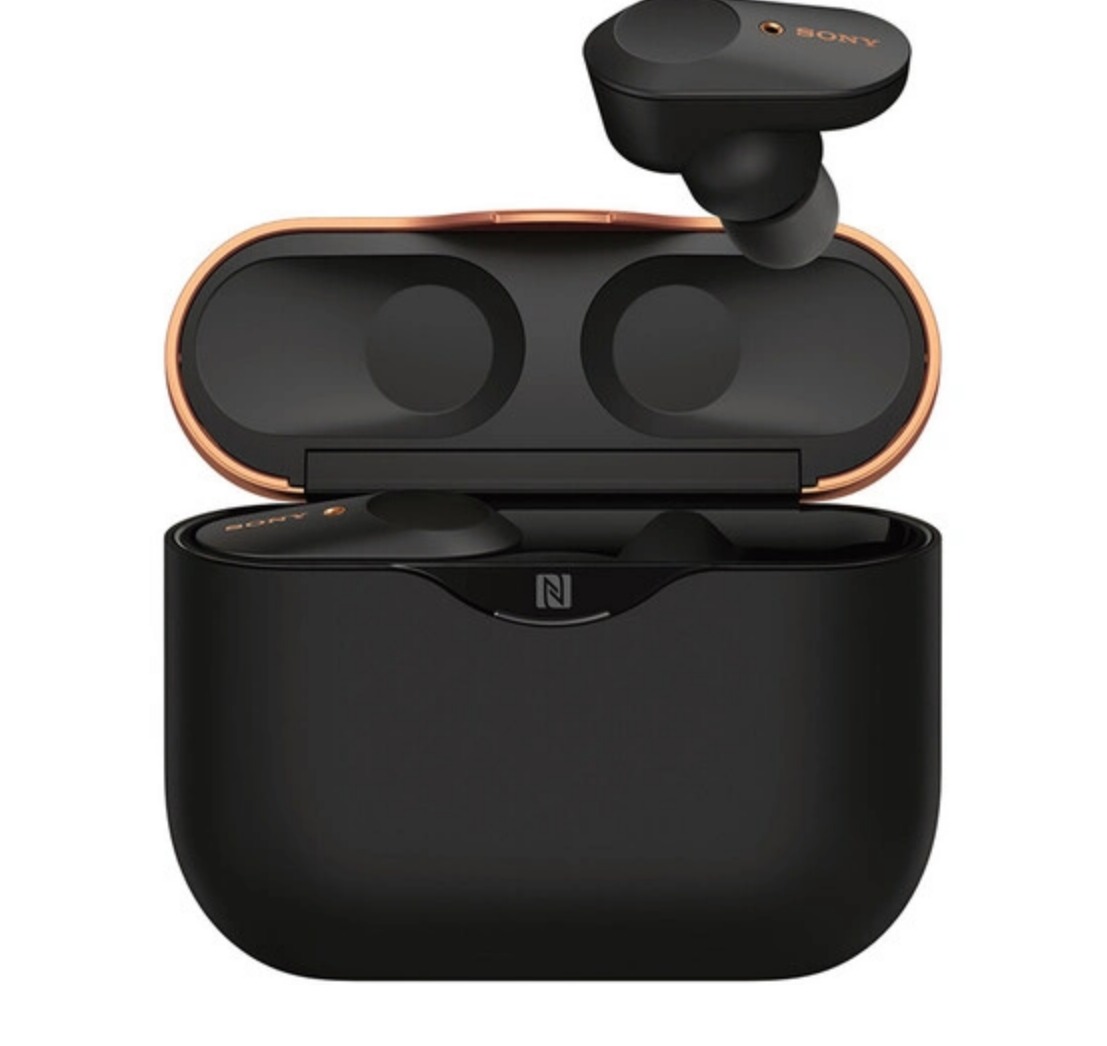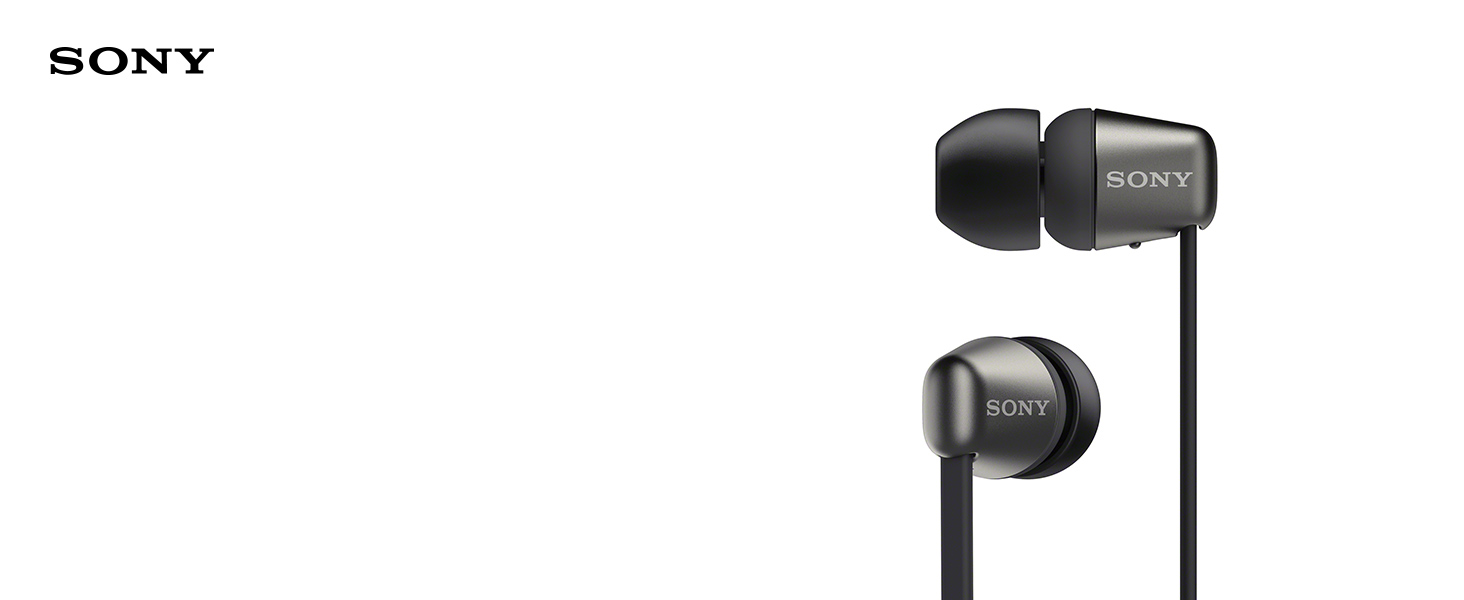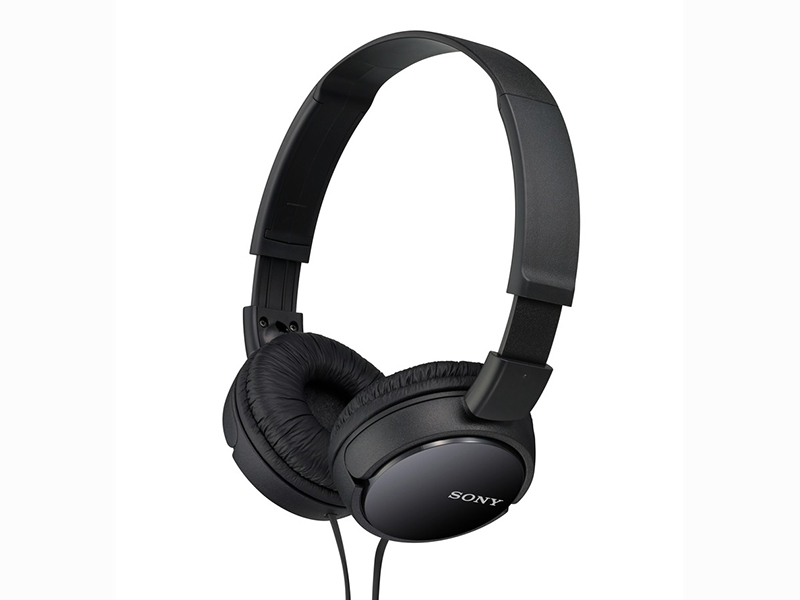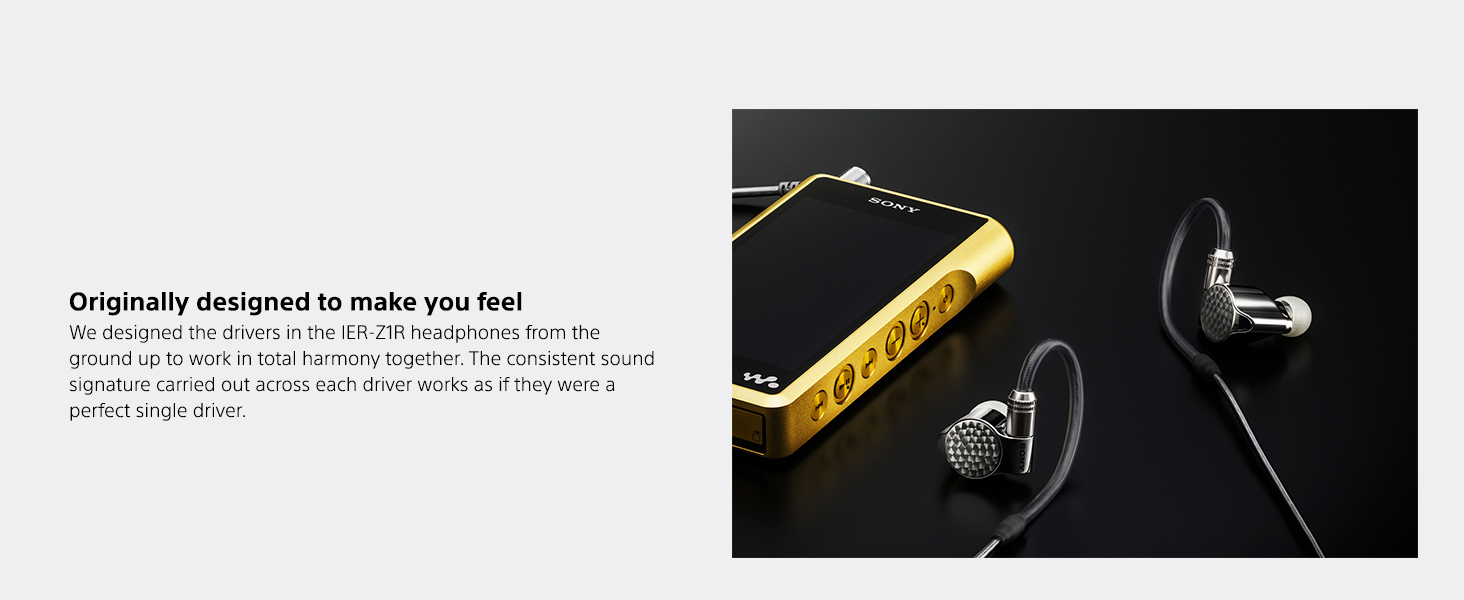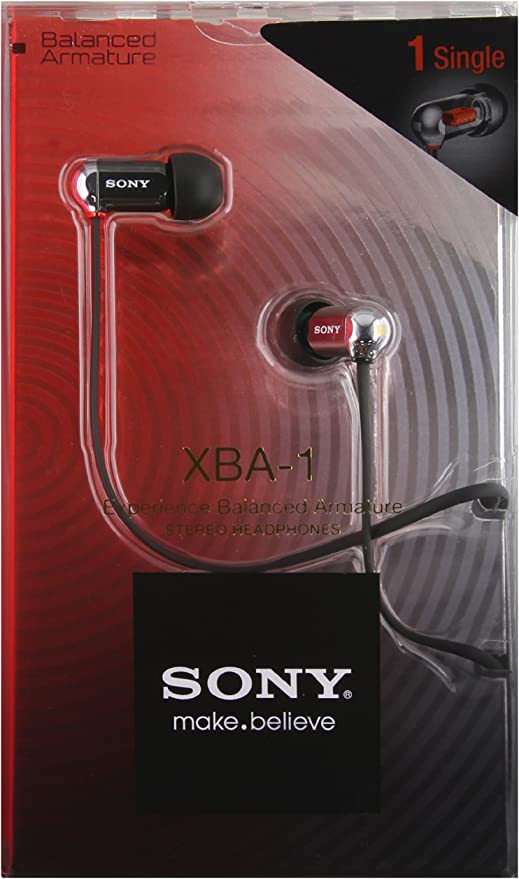Sony ZX110NC Headphones: The Science of Affordable Noise Cancellation
Update on April 26, 2025, 4:17 a.m.
Close your eyes for a moment and just… listen. What do you hear? Perhaps it’s the rhythmic clatter of a train on your morning commute, the incessant drone of the air conditioning in your office, the distant symphony of traffic, or the blended chatter of a busy café. Our modern lives are saturated with sound, much of it unwanted noise that intrudes upon our concentration, relaxation, and sometimes, even our peace of mind. In this cacophony, the desire for a pocket of personal quiet, a moment of auditory sanctuary, feels less like a luxury and more like a fundamental human need. We seek ways to dial down the world’s volume, to reclaim our focus, or simply to enjoy our music and podcasts without the surrounding world bleeding in. This very human craving has fueled decades of innovation in audio technology, leading to fascinating solutions designed to manage our sonic environment.

Whispers of Silence: The Genesis of Noise Cancellation
The idea of fighting sound with sound might seem counterintuitive, like trying to put out a fire with more fire. Yet, the core concept behind Active Noise Cancellation (ANC) technology is precisely that – a clever manipulation of physics to create silence. While its roots trace back to the mid-20th century, initially explored for reducing noise in loud environments like aircraft cockpits and industrial settings (pioneering work often associated with Dr. Amar Bose in the late 1970s and 80s), the fundamental principle is elegant in its simplicity. It hinges on the very nature of sound itself: waves. If you can create a sound wave that is the exact opposite of an unwanted noise wave, the two can meet and, remarkably, cancel each other out. This isn’t science fiction; it’s applied physics, and it has gradually trickled down from specialized applications into consumer headphones accessible to almost everyone.
Meet the ZX110NC: Our Guide into the World of Sound Control
To understand this fascinating technology in a tangible way, let’s consider a specific example: the Sony ZX110NC Noise Cancelling Headphones. Now, it’s important to set the stage correctly. Based on the available information (primarily from its retail product listing on platforms like Amazon, as official detailed technical specifications aren’t the focus here), the ZX110NC represents an entry point into the world of active noise cancellation. It’s a straightforward, wired, over-ear headphone designed to offer basic noise reduction capabilities at an accessible price point. We won’t be comparing it to high-end models or making definitive claims about its absolute performance – our goal here is different. We’ll use the ZX110NC, with its stated features, as a practical lens through which to explore the fundamental science of how noise cancellation works and how headphones produce the sounds we love. Think of it as our laboratory specimen for dissecting the core principles.
The Art of Subtraction: How Headphones Erase Noise
So, how exactly does a pair of headphones like the ZX110NC attempt to create that bubble of quiet? The magic lies in Active Noise Cancellation, and it’s a multi-step process grounded in wave physics.
-
Sound’s Invisible Dance: First, remember that sound travels as waves – disturbances propagating through a medium, like air. These waves have peaks (high pressure) and troughs (low pressure), and they possess characteristics like frequency (how fast they oscillate, determining pitch) and amplitude (their height, determining loudness). Crucially, they also have phase, which describes the wave’s position in its cycle at a given point in time.
-
The Anti-Noise Gambit: This is where ANC gets clever. Imagine throwing two pebbles into a perfectly still pond. Where the ripples from each pebble meet, interesting things happen. If a peak from one ripple meets a peak from another, they add up, creating a bigger peak (constructive interference). But if a peak meets a trough, they cancel each other out, leaving the water momentarily flat (destructive interference). ANC aims for the latter.
- Listen: Tiny microphones embedded in the headphone earcups (usually on the outside) act as ears, constantly monitoring the ambient noise around you – that relentless engine drone, for example.
- Invert: Sophisticated electronic circuitry inside the headphones instantly analyzes the waveform of this incoming noise. Its job is to create a new sound wave that is the exact mirror image – 180 degrees out of phase – with the unwanted noise. Think of it like creating an “anti-noise” signal. Where the original noise wave zigs, the anti-noise wave zags.
- Cancel: This newly generated anti-noise signal is then fed into the headphone’s own speakers, played precisely timed to coincide with the original external noise reaching your ear. When the peak of the external noise wave arrives, it meets the trough of the anti-noise wave generated by the headphones. The result? Destructive interference. The two waves effectively neutralize each other, significantly reducing the perceived level of that specific noise. It’s like a perfectly matched tug-of-war where both sides pull with equal force in opposite directions – the rope (your eardrum) experiences much less net force.
-
Powering the Peace: This intricate process of listening, analyzing, inverting, and reproducing sound requires energy. That’s why active noise cancellation headphones need a power source. In the case of the ZX110NC, the product information states an impressive 80 hours of noise-canceling operation, powered by a battery. Based on user comments regarding a “remove and replace” panel (as found in the source material), it’s reasonable to infer this is likely a standard AAA battery, a common solution for older or more budget-oriented ANC designs. You typically activate the ANC circuitry via a switch on the earcup.
-
The Catch: Not All Noise is Created Equal: It’s crucial to understand that ANC isn’t a magical cone of silence that eliminates everything. It works best against consistent, low-frequency sounds – the very hums and drones that often plague travel or office environments. Why? Because these sounds have relatively simple, predictable waveforms that the circuitry can effectively analyze and counteract in real-time. Sudden, sharp noises (like a clap or a door slam) or complex, rapidly changing sounds (like human speech) are much harder for the system to track and cancel perfectly. The ZX110NC’s product listing claims it reduces ambient noise by 95% – a figure that should be viewed with caution as marketing language from a retail source, lacking standardized testing context. Real-world effectiveness will vary significantly based on the type of noise and the quality of the headphone’s seal against your head. Furthermore, don’t forget passive isolation – the simple act of the earcup physically blocking sound, which contributes to the overall quietness, especially for higher frequencies where ANC is less effective.
From Silence to Symphony: Crafting the Sound We Want to Hear
Reducing unwanted noise is only half the battle. Once the auditory stage is cleared, the headphones must accurately and compellingly reproduce the sounds we do want to hear – our music, audiobooks, or the dialogue from a movie. This is the art and science of audio reproduction, and at its core lies the driver.
-
The Speaker’s Tiny Heart: Dynamic Drivers at Work: The Sony ZX110NC employs 30mm dynamic drivers. Think of a dynamic driver as a miniature version of a traditional loudspeaker. Here’s the essence of its operation, a beautiful interplay of electricity and magnetism:
- An incoming electrical audio signal (representing the music) flows through a very fine wire coil, called the voice coil.
- This voice coil is attached to a lightweight, cone-shaped membrane called the diaphragm.
- The voice coil sits within a strong, permanent magnetic field created by the driver’s magnet.
- As the electrical audio signal alternates (this is AC - Alternating Current), it creates a fluctuating magnetic field around the voice coil. This fluctuating field interacts with the permanent magnetic field.
- Following fundamental electromagnetic principles (like Lenz’s Law and the Lorentz Force), this interaction forces the voice coil – and thus the attached diaphragm – to vibrate rapidly back and forth.
- These vibrations push and pull the air in front of the diaphragm, creating pressure waves – the very sound waves that travel down your ear canal and are interpreted by your brain as sound. The larger the diaphragm (within limits), the more air it can potentially move, which can be beneficial for producing lower frequencies (bass). A 30mm driver is a common size for portable on-ear or smaller over-ear headphones.
-
The Neodymium Edge: Why Magnets Matter: The quality and strength of the permanent magnet in the driver are critical. The ZX110NC specifications mention “High-energy 300 kJ/m³ neodymium magnets.” Why is Neodymium special? It’s a type of rare-earth magnet known for having a very high magnetic flux density – meaning it packs a lot of magnetic power into a small, lightweight package compared to older ferrite magnets. This offers several advantages:
- Efficiency: A stronger magnetic field means the voice coil experiences a greater force for the same electrical signal, allowing the headphone to produce a given volume level with less power from your phone or audio player.
- Control: The strong field provides tighter control over the diaphragm’s movement, enabling it to start, stop, and change direction more precisely. This improved “transient response” is crucial for reproducing detailed sounds and preventing distortion, especially at higher volumes or with complex musical passages.
- Size/Weight: Allows for smaller and lighter driver designs without sacrificing performance, contributing to overall headphone comfort.
-
Hearing the Rainbow: Understanding Frequency Response: The listed frequency response for the ZX110NC is $12,\text{Hz}$ to $22,000,\text{Hz}$ (or $22,\text{kHz}$). This specification describes the range of sound frequencies the headphones are designed to reproduce. Let’s break it down:
- The lower number ($12,\text{Hz}$) represents the deepest bass tones. Human hearing typically starts around $20,\text{Hz}$, so $12,\text{Hz}$ suggests the potential to reproduce very low, perhaps even subsonic, frequencies often felt as much as heard (think deep pipe organs or synthesized bass drops).
- The higher number ($22,000,\text{Hz}$ or $22,\text{kHz}$) represents the highest treble frequencies. The upper limit of typical human hearing is around $20,000,\text{Hz}$ (often decreasing with age). A range extending to $22,\text{kHz}$ suggests the capability to reproduce the very high harmonics that contribute to the perceived “airiness,” detail, and sparkle in sounds like cymbals, hi-hats, or the upper registers of string instruments.
- It’s vital to remember that frequency response range only tells part of the story. It doesn’t describe how accurately or how evenly the headphones reproduce sounds across that range (that’s where detailed frequency response graphs come in, which are unavailable here). A wide range is generally good, but a flat or balanced response across the audible spectrum is often desired for faithful audio reproduction, though personal preferences vary greatly.
The Tangible Tech: Practicalities of the ZX110NC
Beyond the core science of sound cancellation and reproduction, the physical design and practical features shape the user experience.
-
The Unplugged Advantage (Sort Of): The ZX110NC is a traditional wired headphone, connecting via a standard 1.2-meter cable. In an era dominated by wireless Bluetooth, this might seem old-fashioned, but it carries distinct advantages. There’s no need to worry about audio transmission lag (latency), which can be annoying when watching videos or playing games. You don’t need to charge the headphones to listen to audio – they draw power directly from the source device. And perhaps most importantly for this model, if the battery for the noise cancellation runs out, they continue to function perfectly as standard passive headphones. The wire provides simplicity and reliability.
-
Designed for the Journey: Portability seems a key consideration. Weighing just 4 ounces (around 113 grams) makes them relatively lightweight. The earcups feature a swivel and folding design, allowing them to fold down into a more compact shape for easier storage in a bag – practical for commuting or travel.
-
Earcup Ergonomics & the Seal: As an over-ear design, the earcups are intended to surround the ear. The quality of the fit and the seal the earpads create against your head are crucial for several reasons. A good seal enhances passive noise isolation (physically blocking sound), improves the perceived bass response (by trapping low frequencies), and is absolutely vital for the effectiveness of the Active Noise Cancellation circuitry. If external noise leaks in easily past the pads, the ANC system’s ability to cancel it is compromised. User comments (summarized from the source material) sometimes mention comfort as a variable factor, particularly during long listening sessions, and note that achieving a consistently tight seal might depend on individual head shape – highlighting the importance of ergonomic design in headphone performance.
Finding Harmony: Value, Limitations, and Informed Choices
Bringing together the science and the practicalities, how should we view a headphone like the Sony ZX110NC? It clearly occupies the entry-level space in the noise-canceling market. Its value proposition, as echoed in many user comments found on its retail listing, often centers on providing a noticeable reduction in ambient noise, particularly the low-frequency type encountered during travel, at a significantly lower cost than premium alternatives.
-
The Entry-Level Equation: You’re getting access to the fundamental technology of Active Noise Cancellation and standard audio reproduction capabilities in a portable, wired format. The trade-offs, common in this category, might include more basic build materials, potentially less refined audio fidelity compared to higher-priced models, and an ANC system that, while functional, may not offer the same broad-spectrum noise reduction or sophistication as advanced hybrid or adaptive systems.
-
Echoes from Users: Synthesizing the user feedback themes presented in the source material (and remembering this isn’t a rigorous survey), common points include appreciation for the value-for-money, effectiveness against airplane drone, decent (though not audiophile-grade) sound quality for the price, and varying experiences with long-term comfort and the noise-canceling seal. This aligns well with what one might expect from the underlying technology operating at this price point.
-
Knowing What You Hear: Ultimately, understanding the science behind the features empowers you as a listener. Knowing how ANC works helps you appreciate why it excels against certain noises and struggles with others. Understanding drivers and frequency response helps you interpret specifications and connect them to the sound you actually perceive. It allows you to move beyond marketing claims and make informed choices based on your priorities – whether it’s maximum noise attenuation, pristine audio fidelity, wireless convenience, or, as in the case of the ZX110NC, accessible noise reduction for everyday situations.
Beyond the Hum: An Invitation to Listen Differently
The journey into the Sony ZX110NC, even based on limited public data, serves as a fascinating window into the applied physics that shapes our auditory experiences. From the elegant dance of wave interference in Active Noise Cancellation to the intricate electromechanical conversion happening within the dynamic drivers, these headphones encapsulate core principles of acoustics and audio engineering. They remind us that even seemingly simple devices can harbor sophisticated science aimed at solving very human problems – like finding a moment of quiet in a loud world.
Perhaps the greatest value lies not just in the noise reduced or the music played, but in the understanding gained. By appreciating the science embedded in everyday technology, we learn to listen more critically, choose more wisely, and perhaps, develop a deeper fascination with the invisible world of sound that constantly surrounds us. The next time you flip that noise-canceling switch or get lost in a favorite song, take a moment to marvel at the clever physics at play, working silently to shape your personal soundscape.

